2014 Visiting Speakers
Here are a few of our guest speakers from Mathcamp 2014:
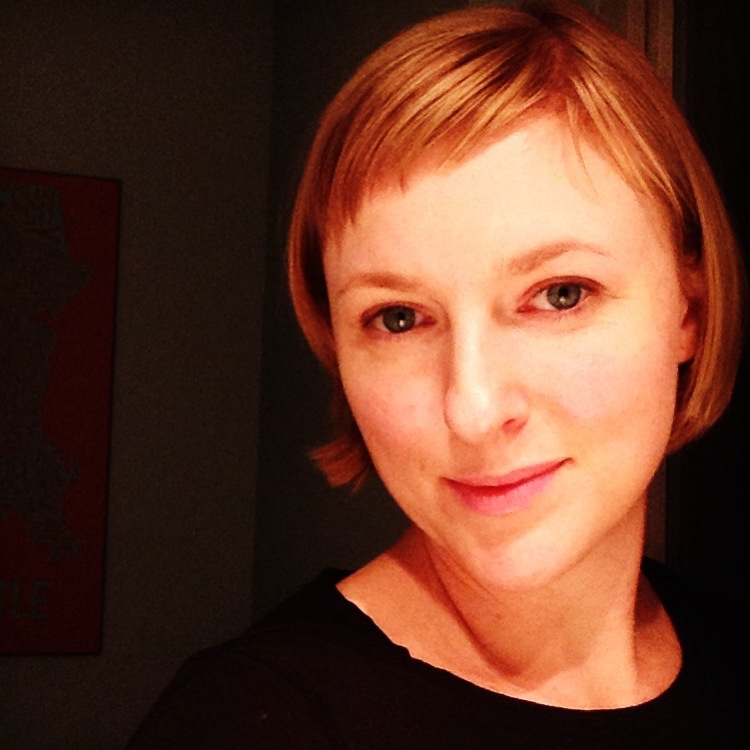
Allison Henrich (Seattle University)
Allison Henrich is a researcher in the field of knot theory. She has published on questions related to the complexity of unknotting a knot as well as the mathematical study of games you can play with knots. Currently, she's interested in learning more about a newly discovered type of knot called a pseudoknot. Pseudoknots may be useful in the study of DNA replication. In her spare time, Allison practices aerial acrobatics. Visit Allison's website.
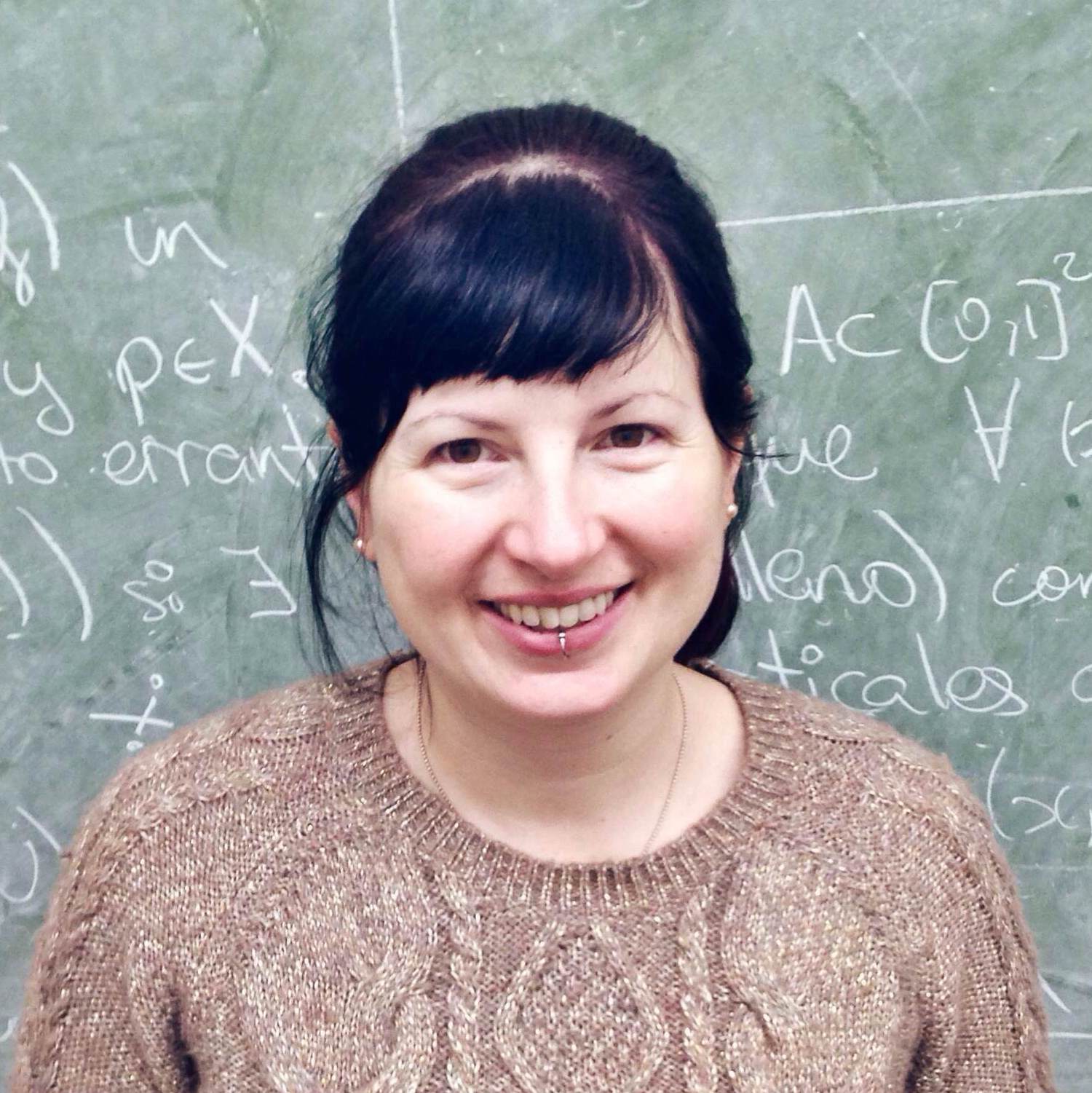
Holly Swisher (Oregon State University)
Holly Swisher studies number theory and combinatorics. She is particularly interested in cool things like partition theory, modular and mock modular forms, and hypergeometric series. Partition theory deals with counting ways to add up positive integers to get a specific positive integer. Sounds easy, right? Not always! This topic includes the study of various partition functions, their combinatorial properties, congruences, asymptotics, and connections with modular forms. (Modular forms were involved in the famous proof by Wiles et al of Fermat's Last Theorem through their connections with elliptic curves!) Visit Holly's website.
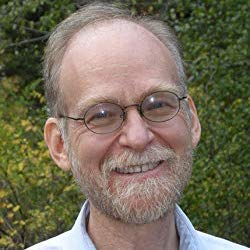
Joe Halpern (Cornell)
Joe Halpern is a professor and department chair of the Computer Science department at Cornell. He works at the intersection of computer science, math, economics, philosophy, and psychology, on topics like game theory, decision theory, and causality. Before getting his Ph.D.
(in Math), he spent two years as head of the Math department at Bawku Secondary School in Ghana. He loves thinking about puzzles and paradoxes (and will talk about a few at Mathcamp). Visit Joe's website.
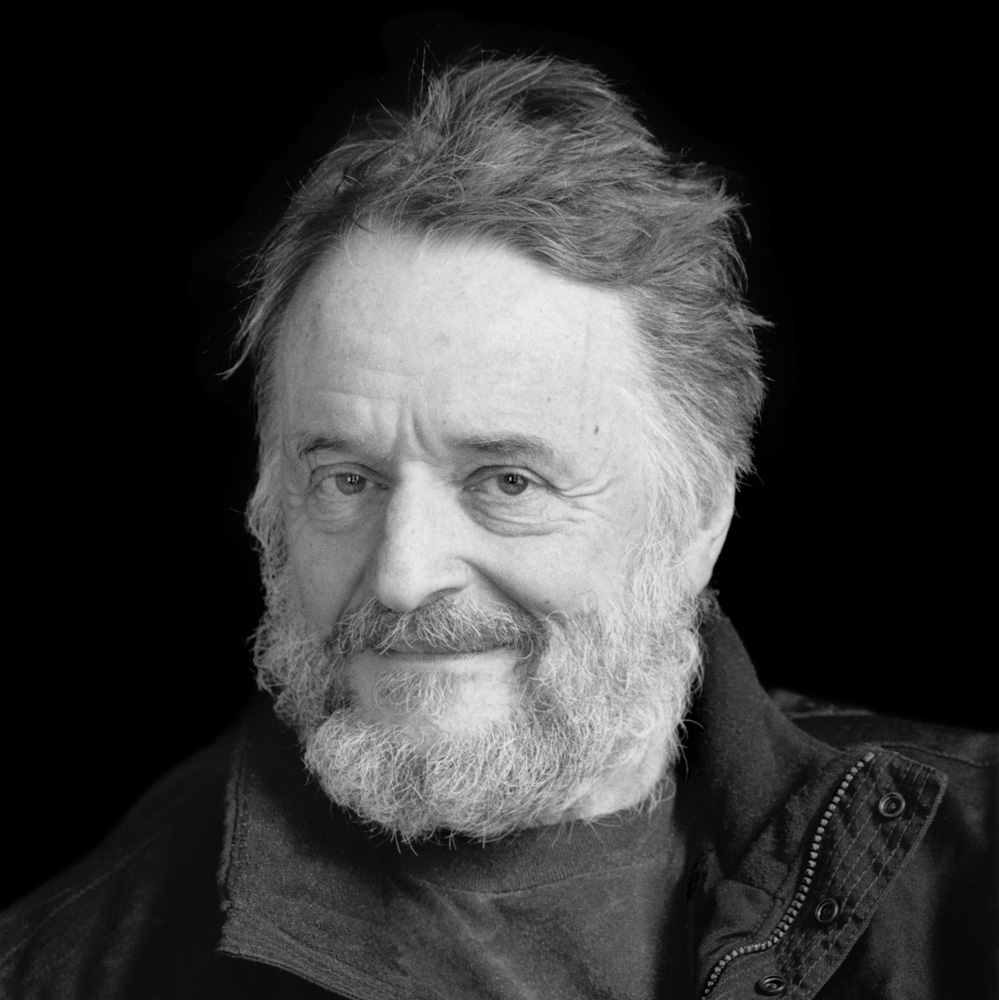
John Conway (Princeton University)
One of the most creative thinkers of our time, John Conway is known for his ground-breaking contributions to such diverse fields as knot theory, geometry of high dimensions, group theory, transfinite arithmetic, and the theory of mathematical games. Outside the mathematical community, he is perhaps best known as the inventor of the "Game of Life."
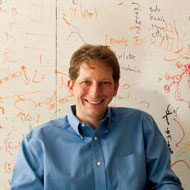
Josh Tenenbaum (MIT)
Josh Tenenbaum is a professor of cognitive science and a member of the MIT Computer Science and Artificial Intelligence Lab (CSAIL). In his research, he builds mathematical models of human and machine learning, reasoning, and perception. His interests also include neural networks, information theory, and statistical inference. Visit Josh's website.
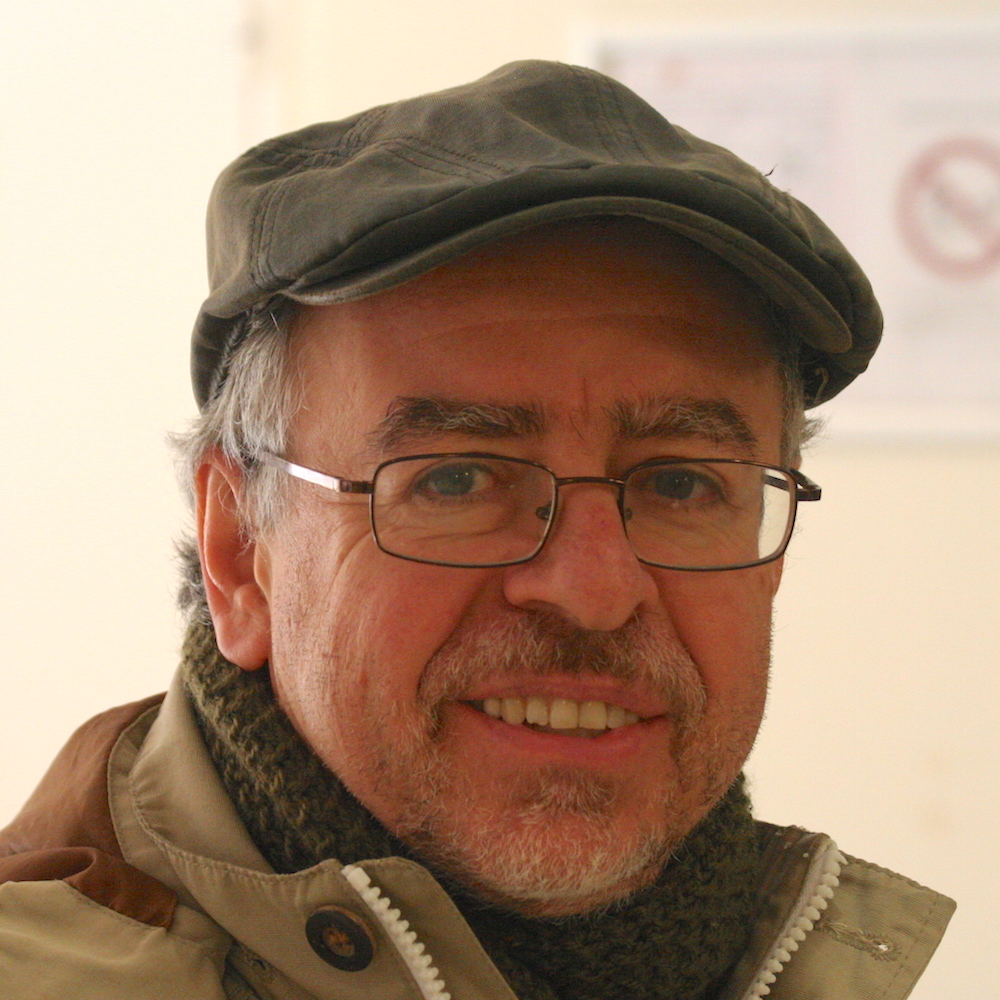
Mark Sapir (Vanderbilt)
I am working in group theory, mostly in geometric, algorithmic
and asymptotic parts on it. Depending on the amount of time I have, I will teach group theory around the Banach-Tarski paradox. The main question is: what is the minimal number of pieces one needs to cut an object, so that by rearranging the pieces one gets two objects each of which the same as the initial one? I am a Distinguished Professor at Vanderbilt University. The highest award I got was an invitation to speak at the International Congress of Mathematicians in Madrid, 2006. My Mathoverflow rank is 19, the number of rep. points 27731. Visit Mark's website.
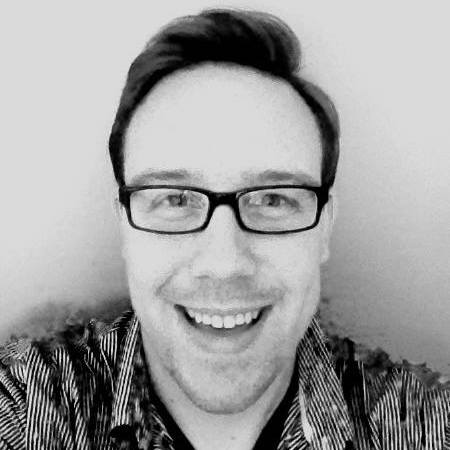
Matt Stamps (Royal Institute of Technology, Sweden)
Matt Stamps applies ideas from geometry and topology to problems in combinatorics, mechanical engineering, and biology. This often involves studying spaces whose points correspond to more complicated objects, like graphs or robot arms or proteins. Aside from math, Matt loves to travel and write short stories in coffee shops around the world; he's visited fourteen countries outside of the US and Canada within the last three years.Visit Matt's website.
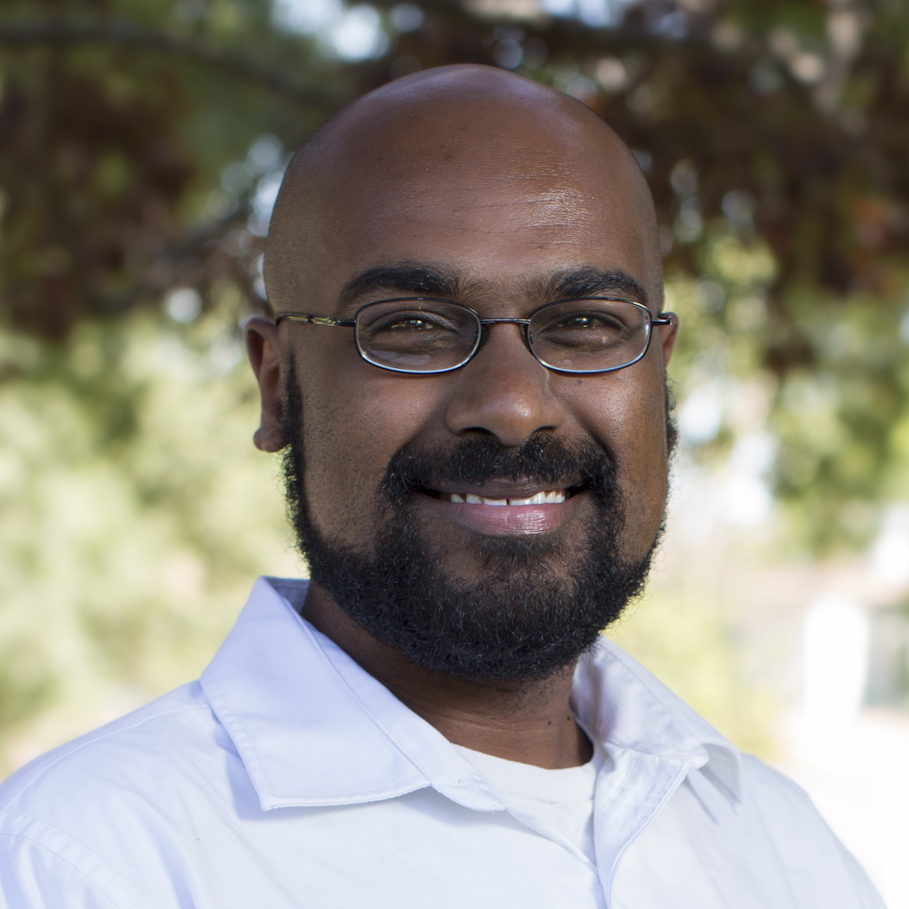
Mohamed Omar (Harvey Mudd College)
Mo's research interests lie in the interplay between algebra, combinatorics, and optimization. Canada/USA Mathcamp is near and dear to his heart; he was an academic coordinator and a mentor in past years and earned fame by trolling anagram games with 4-letter crustacean larvae. For fun he plays in a competitive LGBT basketball league, creates math contest problems, frequently visits a cafe in Los Angeles housing over 700 board games, promotes all things Canadian (minus Rob Ford) with emphatic pride, and screams impatiently while watching Wheel of Fortune. Visit Mo's website.
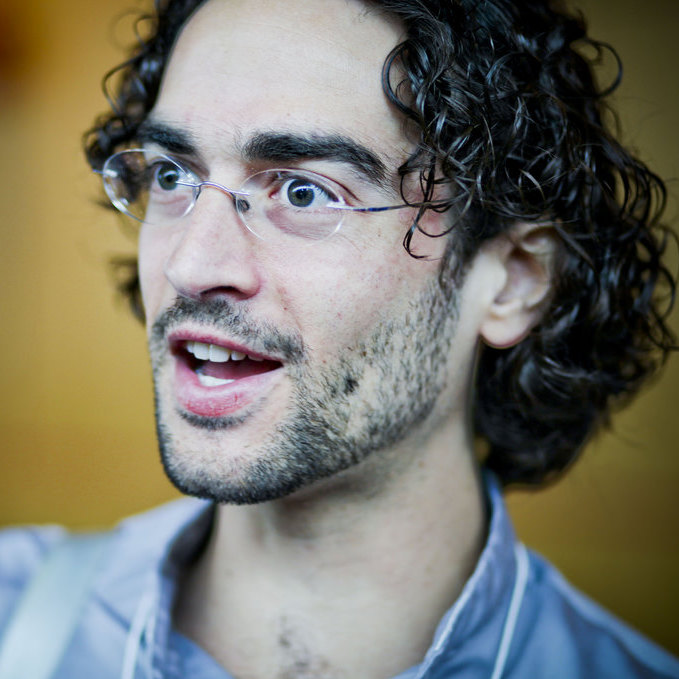
Noah Goodman (Stanford)
Once upon a time, Noah Goodman was a math graduate student at UT Austin,
studying geometric topology. He came to Mathcamp as a mentor from 1999 to 2001, where he met
Mira's husband Josh Tenenbaum (whom you will also get to meet at camp). Josh introduced Noah
to cognitive science, the mathematical study of the mind, and turned him over to the dark side:
after getting his PhD, Noah left pure math and came to work in Josh's lab as a postdoc (but not
before spending a couple of years as a real-estate developer in Chicago). Now Noah is a professor of
psychology, computer science, and linguistics at Stanford, doing research on computational models of
cognition and the integration of probability and logic.
Visit Noah's website.
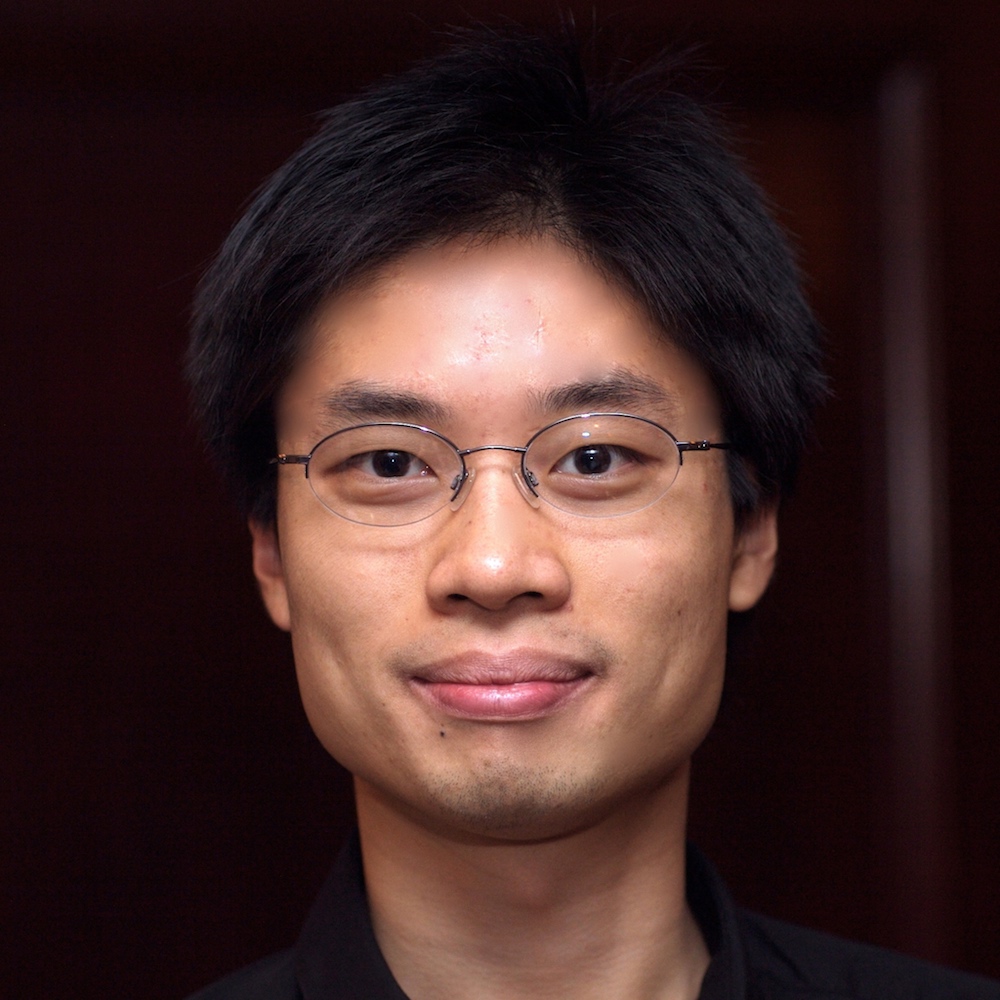
Po-Shen Loh (Carnegie Mellon)
Po-Shen Loh studies questions that lie at the intersection of two branches of mathematics: combinatorics (the study of of discrete systems) and probability theory. Randomness can manifest itself in the construction of a combinatorial system, as in the case of a so-called "random graph", but may also be artificially introduced as a proof technique to solve problems about purely deterministic systems, as was pioneered by Paul Erdos in what is now known as the Probabilistic Method. Visit Po-Shen's website.
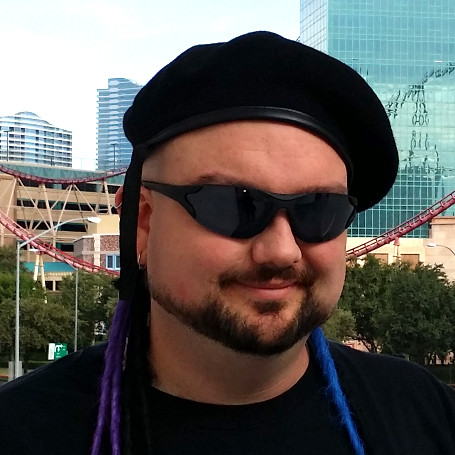
Sam Nelson (Claremont McKenna College)
I am a combinatorial and algebraic topologist specializing in low-dimensional topology.
That is, I study the algebraic properties of knots. Some kinds of knots don't fit in 3-dimensional space!
We will look at these kinds of objects and how to use abstract algebra to tell them apart. I'm not just
a topologist; I'm also a dance club DJ specializing in electronic music genres like EBM and Industrial. Visit Sam's website.
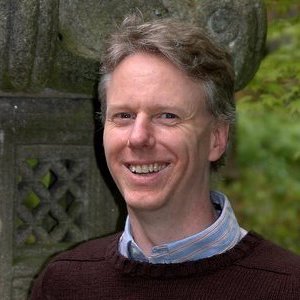
Tom Roby (U Conn)
sVen (aka Tom Roby) is a professor of math at the University of Connecticut, with interests in
combinatorics, algebra, and math education. He is interested in how concrete combinatorial objects,
such as integer partitions or lattice paths, help us understand structures in more abstract settings. He
particularly likes using conceptual stories ("bijections") to prove identities, and harnessing the power
of algebra to count things in sophisticated ways. This is sVen's first visit to Mathcamp, but he has
been on the staff of many other summer math programs over the years, including MathPath, the Ross
Program (where he was first a student), HCSSiM, and PROMYS (where he was the founding head
counselor). In his spare time, sVen is an avid folk dancer, sings in a Bulgarian folk music ensemble,
and studies ancient Japanese poetry. Visit Tom's website.





